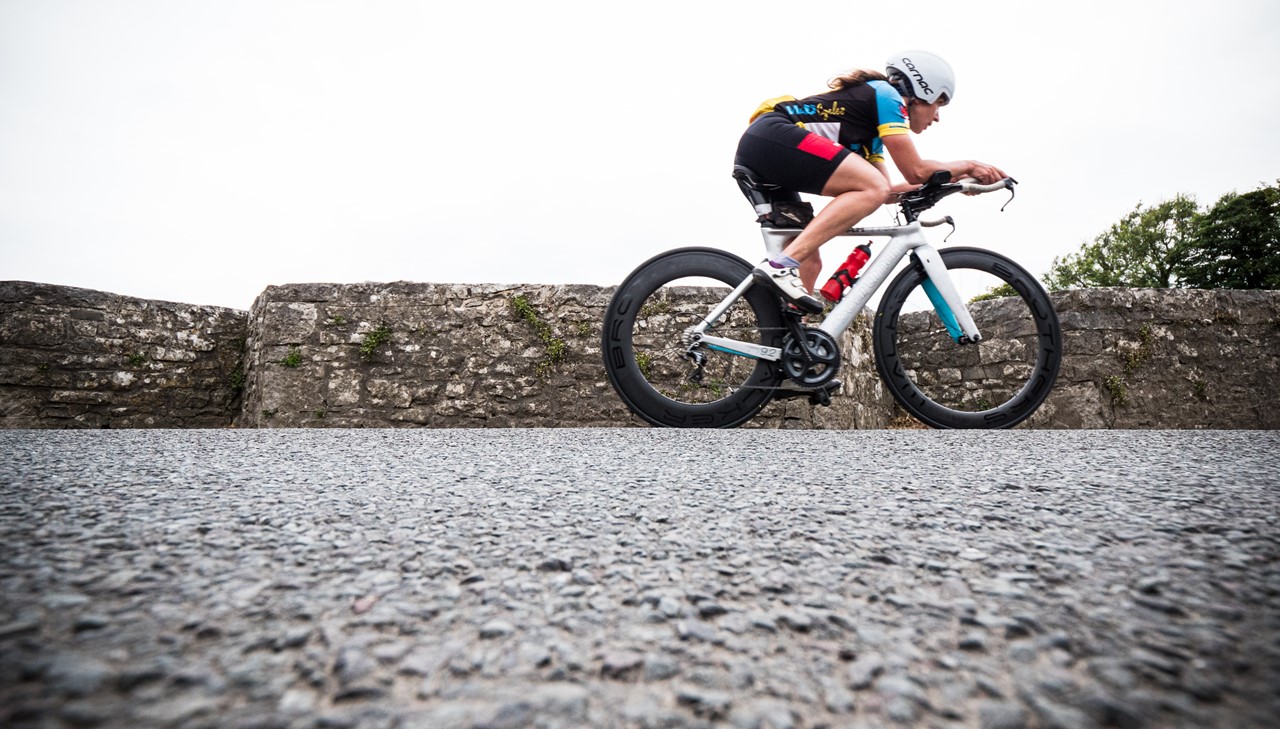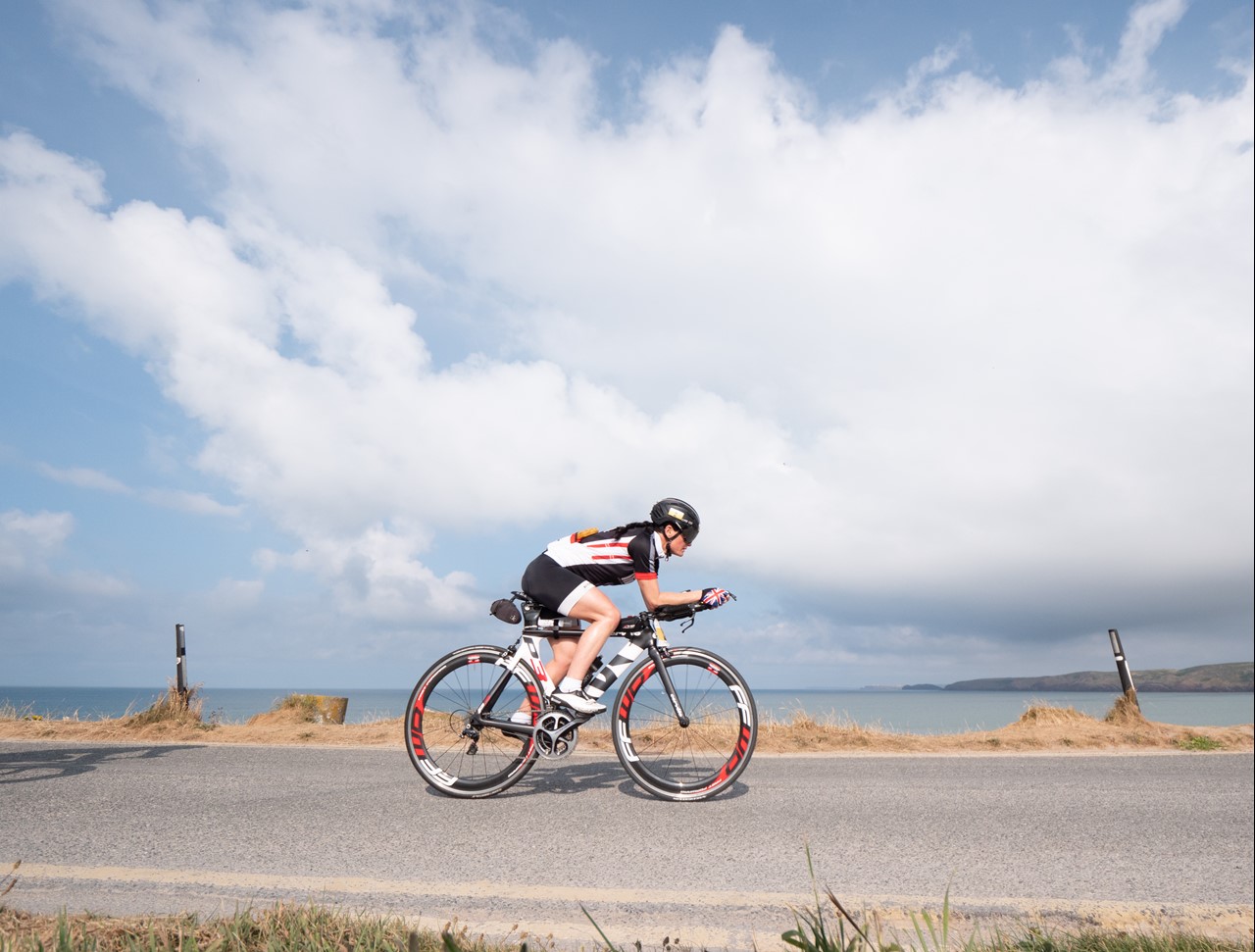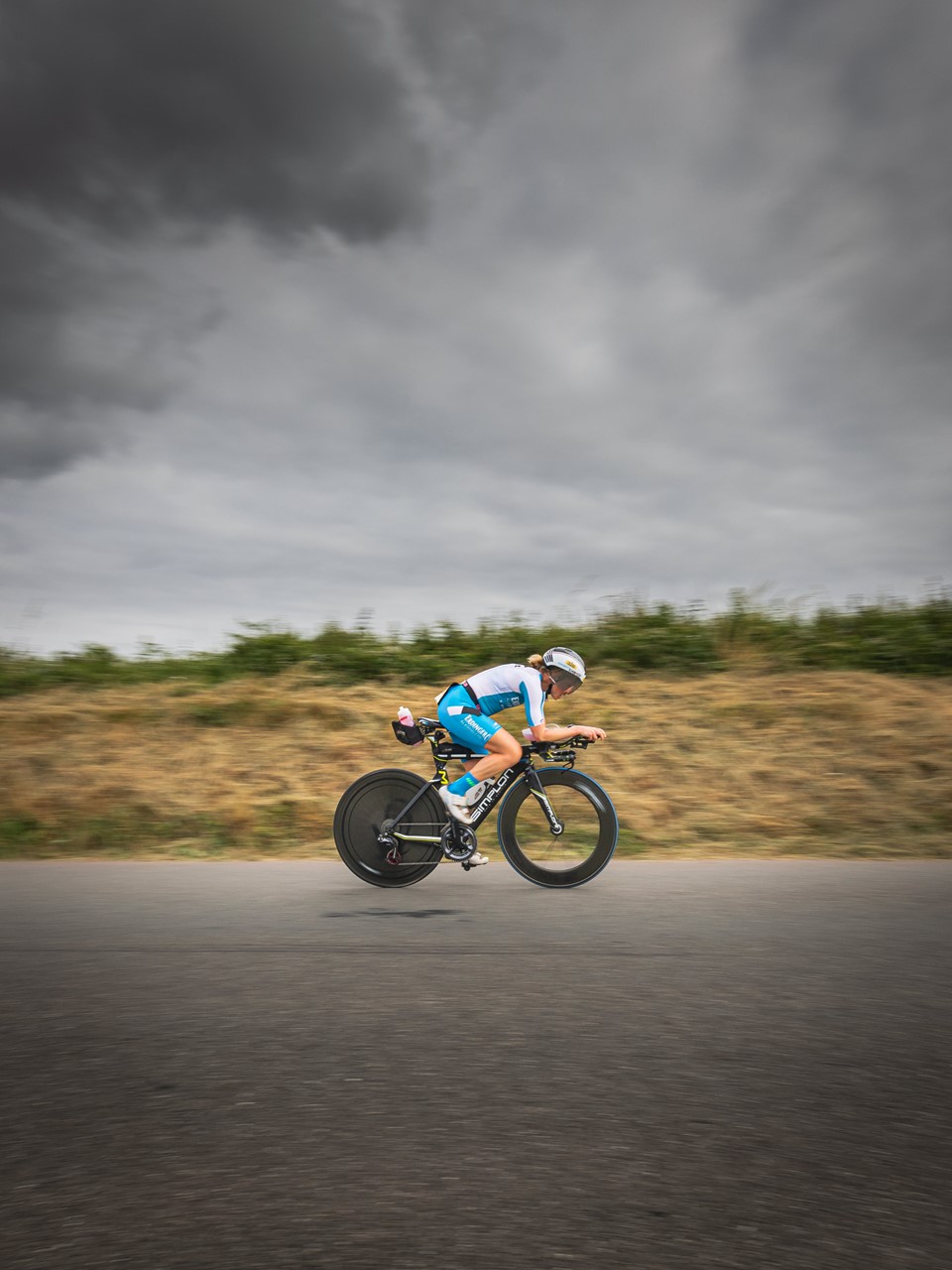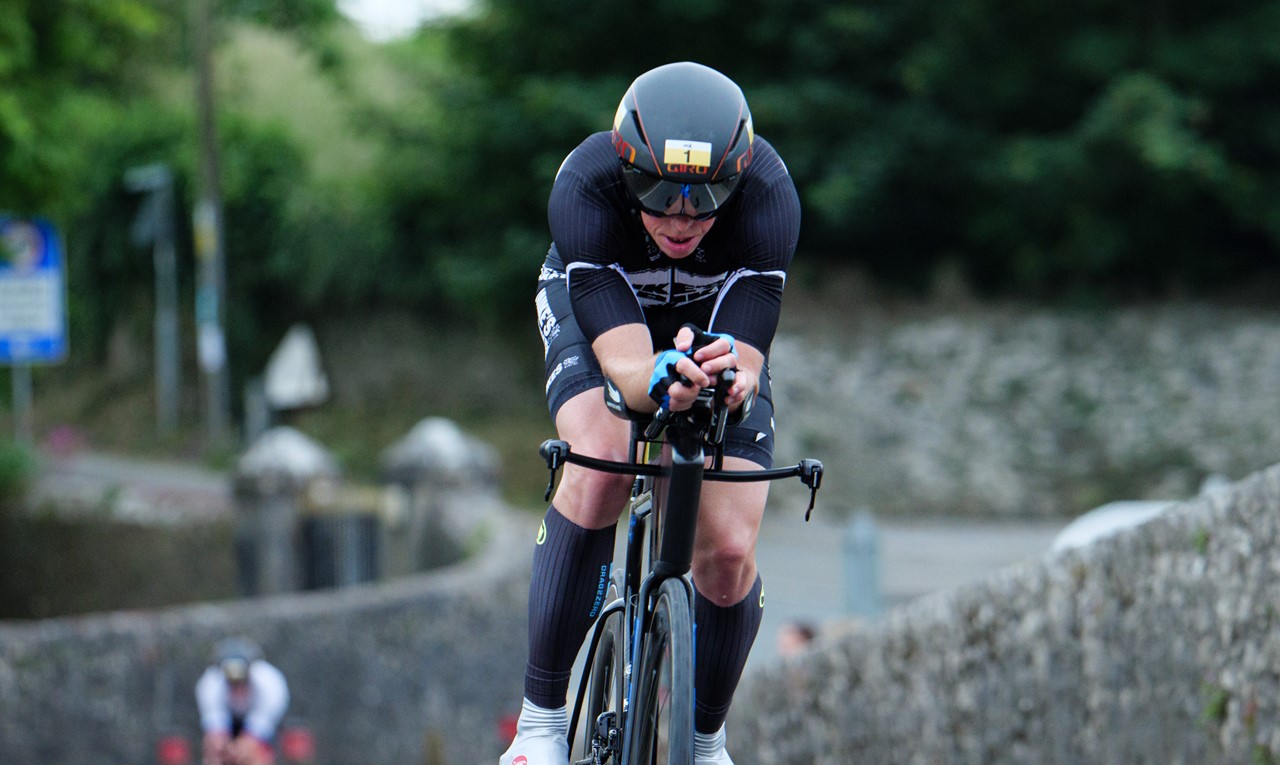Ironman Bike Training - Force Vs Power
The difference between force and power and how it effects your Ironman bike training
This article is designed to take you through the difference in ‘force’ and ‘power’ work in cycling. Giving you the knowledge to manage and optimise your Ironman training load and ultimately improve your racing.
Have you ever played around with different cadences during your cycling?
It’s very interesting! I remember my first time; I dropped the bike into its biggest gear (force work) and started to slowly turn the pedals on a flat section of road. I had a sneaky a look down at the speed and was amazed; 40+kpm and I felt I was hardly putting in any effort!
What Is Power?
In cycling terms, • High speed = cadence (95/ 105 rpm) • Power = Amount of load/ torque exerted through whole pedal revolution.
With power sessions it’s much more about the cardiovascular stress, you will see a higher elevated heart rate and increased oxygen consumption. This is due to the higher total energy output (measured in watts), leading to greater reliance on glycogen for energy.

Currently, more work needs to be done in this area to determining exactly what goes on at the cell level during the two different types of bike session.
When training for Ironman your high-intensity sessions (H I S) are around one training level above your aerobic threshold or FTP. While average training for Olympic distance H I S will be two levels higher or the 70.3 athletes possibly one level higher.
Be careful when training for ironman as going into the higher intensity training zones (at or above FTP) will eat up precious energy that may be needed specifically for the endurance type sessions. Remember we don't have an infinite amount of energy, smashing yourself today will leave you asking harder questions tomorrow.

Phase one:
- 4 x 6mins @ +FTP with 1:1 rec (6mins)
- 6 x 4mins @ +FTP with 3mins rec
Phase two:
- 4 x 8mins @+FTP with 8mins easy spin between
- 8 x 4mins @ +FTP with 4mins rec
Phase three:
- 4 x 10mins @ +FTP with 10mins spin between
- 8 x 5mins @ +FTP with 5mins recovery between
Race week:
- 2nd to last bike session in race week 4 x 3mins @ FTP 6+ min rec between
- Last bike session in race week = 4 x 90 sec’s @ FTP 3+ min rec between
What is ‘Force’? (Low cad x load)
In cycling terms • Low Speed = Cadence (55-65 rpm) • Force = Amount of load/ torque exerted through whole pedal revolution.
With force sessions, you’ll see a much lower heart rate and oxygen consumption than power sessions. Cycling is obviously an endurance sport, but due to the greater ‘load’ exerted during high force/ low cadence work, it makes sense that more or different fibres will be recruited. Moreover, this is a much better cadence to enhance fat burning capabilities of the athlete, due to the lower heart rate, a key reason many Ironman athletes adopt an overall lower riding cadence than that seen in short course racing (lower energy consumption).

Warning: It is key you maintain a smooth/ full revolution when doing force work, maintaining optimum torque throughout the pedalling action. If you start pedalling squares (just pushing the foot down), forgetting the momentum phase (hip flexors/hamstrings) you will fatigue your quads very quickly and possibly blow up.
Using watts (power meter) as a gauge:
Because you are now taking away part of that power equation and dropping the speed element (i.e. taking your cadence down) we have to adjust our thinking on power (watts). Rolling a big gear is a skill and trying to “muscle it” will end in disaster - master the skill, don’t muscle it.
Force sets:
Look to do longer reps similarly to the power sessions at the start of the phase of training and the shorter rep’s as you fatigue towards the end, prior to freshening up.
Phase one:
- 3 x 15mins @ 65 rpm 3.30 min rec
- 5 x 8 mins @ 55 rpm with 2min rec
Phase two:
- 3 x 30 mins @ 65 rpm with 7mins easy spin
- 8 x 11 mins @ 55 rpm with 3mins easy spin
Phase three:
- 3 x 45 mins @ 65 rpm with 10 mins easy spin between
- 11 x 15 mins @ 55 rpm with 4 mins easy spin between
Race week:
- 2nd to last bike session in race week 4 x 3mins @ FTP 6+ min rec between
- Last bike session in race week = 4 x 90 sec’s @ FTP 3+ min rec between
Power or force for me?
No matter what cadence you decide to race with, you need to train both sides of the cycling coin. Similarly to preparing for swimming and running, you want to tap into all energy systems. You would not neglect speed work in the pool or with your running, right? Similarly, with power and force work, both need to be trained.

What cadence is best for you?
This is not an easy question to answer and there’s no one size that fits all. For example, imagine you have two athletes - both have to lift a total of 1000 kg, you can either put on a heavyweight and lift a few times (10×100 kg = force) or you put on a lighter weight and lift many more times (20×50 kg = power). Both will give you the same end result however you the athlete will be better suited to one type of lift or the other.
Elite ITU:
Elites cycling in the Olympic/ sprint distance triathlon required high speed and power output for the front packs. On some courses you may have 15+ dead turns per lap on a flat course, or, for example, the Rio course has 8 x 25% incline. You’ll find it very difficult to ride this type of course and stay in a pack at 55-65 rpm! Therefore I would suggest maintaining a high cadence 90-95+.
Junior or new to cycling:
Young athletes or athletes new to cycling need to learn optimum cycling revolution, developing the cycling neural pathways. Therefore doing lots of skill work, single leg drills/ spin ups etc will help enhance this neural adaptation thus elicit a smoother cycling revolution. A great initiative British triathlon has started is to restrict the gears of young riders, similar to that seen in cycling thus making “spinning” the gear the aim not becoming more powerful as they need to develop running legs.
Bigger or stronger athletes:
Possibly low cadence and take advantage of the unique fibre type/strength and ride around 65-75 rpm.
Lighter cardiovascular superior athletes:
Possibly look to use a high cadence this time take advantage of their well-developed cardiovascular system riding around 90-95 rpm.
Happy medium:
A rider who is not at the end of either spectrum may look to ride at or around 80 - 85 rpm. The key here is to learn about you the rider and use both ends of the spectrum during training. Work out which is better for you when it comes to racing. Importantly, humans have muscle fibres that are trainable (they can become fast or slow-twitch depending on the prescribed exercise) so even if you have a history of one type of cadence or the other, with training you may feel you are drawn the opposite way because that is better performance outcome for you the individual.
Happy riding!









